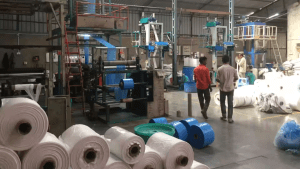
[ad_1]
LAHORE: The provincial capital’s air quality has plummeted to hazardous levels, with the Air Quality Index (AQI) reaching a staggering 732 on Sunday.
This ranking solidifies Lahore’s position as the most polluted city in the world. The alarming AQI readings vary across different areas, with DHA Phase 8 recording a shocking 1917, Gulberg at 1515, Marat Ali Road at 1264, and Askari 10 at 1257.
According to the Pakistan Meteorological Department (PMD), there is no respite in sight, as no significant rainfall is forecasted for the next few days.
This means that the smog’s intensity is likely to persist or even worsen. Compounding the issue, Lahore is expected to remain windless, making it difficult for pollutants to dissipate.
The smog’s impact extends beyond Lahore, with neighboring cities Multan and Peshawar also experiencing severe air pollution. Citizens across these regions are reporting respiratory issues and eye irritation, prompting medical experts to advise caution.
To mitigate the effects, residents are recommended to wear masks, stay indoors, and maintain personal hygiene through frequent handwashing and face washing. Drinking plenty of water is also essential to minimize the harmful effects of air pollution.
The persistent smog crisis has raised concerns about the long-term consequences for public health and the environment. Authorities are under pressure to implement effective measures to combat air pollution, including reducing industrial emissions, promoting sustainable transportation, and enforcing anti-smog regulations.
[ad_2]
Source link






